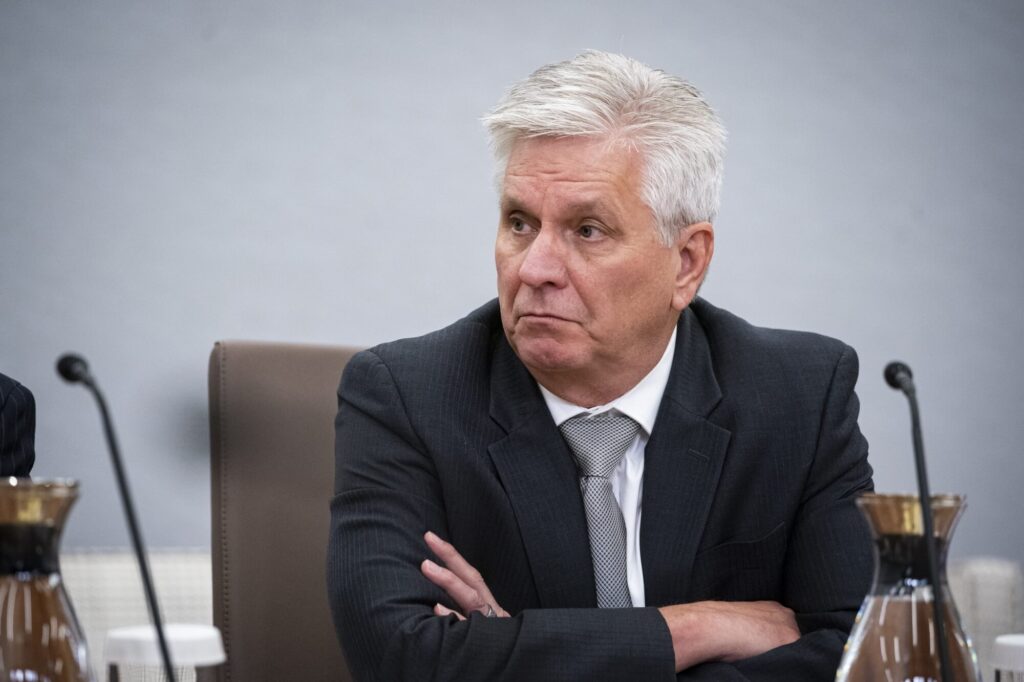Federal Reserve Governor Christopher Waller and senior Fed policy adviser Jane Ihrig have expressed concerns that the guidance provided by the Federal Reserve during the pandemic may have been too rigid to swiftly address rapidly increasing inflation. In a recent research note published on the Fed’s website, the two officials scrutinized language from the central bank’s policy statements issued in September and December 2020, which aimed to shape the future trajectory of interest rates.

In September 2020, the Federal Open Market Committee indicated that it would be appropriate to maintain interest rates close to zero “until labor market conditions have reached levels consistent with the committee’s assessments of maximum employment and inflation has risen to 2% and is on track to moderately exceed 2% for some time.”
Ihrig, the lead author of the paper, along with Waller, highlighted that “demanding significant further progress toward maximum employment before even considering tightening policy bound the committee to keeping the policy rate at the zero lower bound longer than optimal.”
Additionally, in December, Fed officials stated that the central bank would persist in purchasing Treasury and mortgage-backed securities at rates of $80 billion and $40 billion per month, respectively, until “substantial further progress” had been achieved toward its employment and inflation objectives.
The authors further criticized the criteria for raising the benchmark lending rate as “highly restrictive.” They suggested that “future liftoff criteria should perhaps incorporate more flexibility.”
Fed officials have faced criticism for their cautious approach to removing stimulus measures following the surge in inflation observed in 2021.









